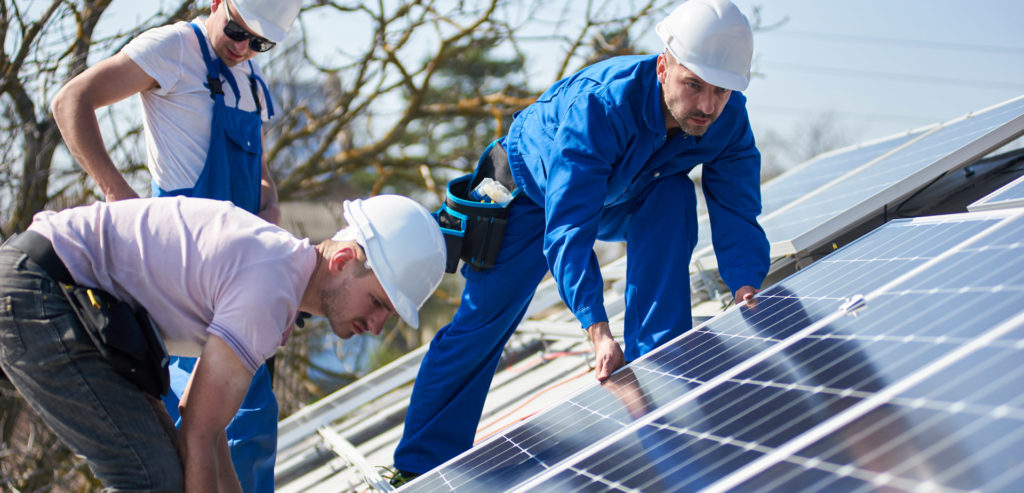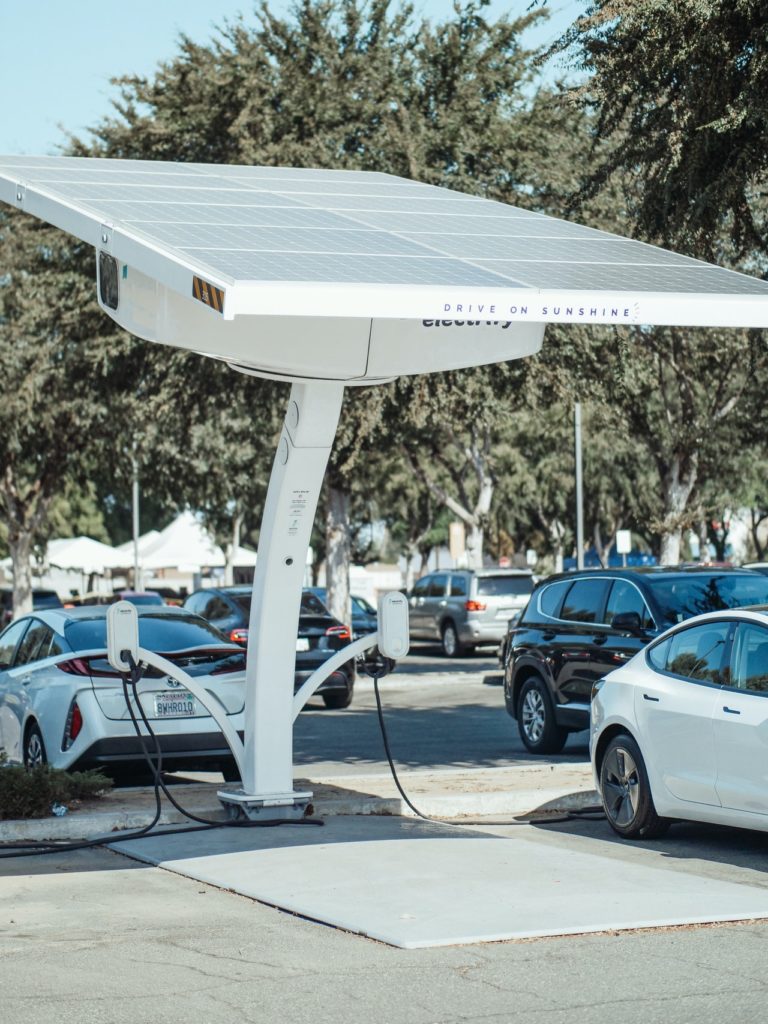As the global population continues to grow, energy consumption is on the rise. Solar energy has become an increasingly popular way to combat environmental issues and reduce negative impacts on climate change.
Homeowners with existing solar panel systems can take measures to upgrade their system, increasing efficiency and savings along the way. This article will explore how to best optimize a solar panel system in order to maximize its cost-effectiveness and long-term sustainability.
The article will cover various tips for upgrading a home’s solar panel system, such as inspecting components regularly, using higher quality materials where possible, installing shading or tracking devices, and understanding what kind of return on investment can be expected from making upgrades.
1. Inspecting Your Solar Panel System
Accurately assessing the efficacy of your current solar panel system and determining what upgrades can be made is essential to maximizing efficiency and savings.
Installing panels with higher wattage or from different brands are two important steps in upgrading an existing system. To ensure that these changes result in a greater output, it is crucial to compare various brand models for product specifications such as physical size, power output, and warranties.
When selecting new components for your solar panel system, research should be done on reputable manufacturers who offer reliable products at competitive prices.
2. Upgrading Materials For Improved Efficiency

Inspecting your solar panel system is an important step in maintaining its efficiency and realizing savings. However, to increase efficiency and savings even further, it can be worthwhile to upgrade the materials used in the system.
Installing inverters that are suited for the type of panels being used, as well as selecting modules designed to maximize energy capture from all directions, are two ways of upgrading a solar panel system.
Furthermore, replacing any aging components with new ones may also help optimize power output from the system. Using more powerful microinverters or string inverter replacements, installation of additional monitoring hardware for troubleshooting and maintenance purposes, and incorporating higher-efficiency batteries into existing systems are three other potential upgrades worth considering when looking to improve performance.
All these modifications have the potential to bring greater cost savings on electric bill payments over time.
3. Adding Shading Or Tracking Devices
The addition of shading or tracking devices to an existing solar panel system can help increase its efficiency and savings. These devices are designed to maximize the amount of sunlight that is absorbed by the panels, thus optimizing power production.
Shading products such as awnings, sunshades, or exterior shades can reduce glare on the panels while reducing direct heat exposure from the sun’s rays. Tracking systems allow for more movement of the panel array in order to follow the path of the sun throughout the day, so it always remains perpendicular to incoming light and receives maximum energy output.
Both shading and tracking solutions provide increased efficiency over traditional fixed-mount panel installations, allowing homeowners to make their investments go further with reduced electricity costs. The installation cost may be higher than many other home improvement projects, but these upgrades will quickly pay for themselves through years of continued savings.
4. Cleaning Solar Panels Regularly
Maintaining your solar panel system is an important step in increasing efficiency and savings.
Cleaning the surface of the panels regularly helps to preventative maintenance, as well as make up for any potential dirt or dust build-up from seasonal adjustments. This can help restore lost energy from a lack of proper cleaning, which can result in decreased performance of the system over time.
Regularly scheduled cleanings also aid with keeping the system running smoothly year-round. Debris can collect on the solar cells, blocking sunlight and reducing their effectiveness; however, regular cleanings remove this debris and increase efficiency levels.
Furthermore, when properly maintained, your solar panel system will be able to operate more efficiently than if it was left unchecked.
5. Leveraging Solar Battery Storage
Cleaning solar panels regularly is essential for maximizing their effectiveness, but there are other ways to increase the efficiency and savings of a solar panel system.
One such way is by leveraging solar battery storage. Integrating solar batteries into an existing energy system allows users to store power generated from their solar panels and use it as needed throughout the day. This can help them save money on electricity bills since they won’t be purchasing energy from their utility company at peak times when rates are higher.
Solar batteries come in two types: those that require purchase and installation separately, and those that are integrated with new or existing solar panel systems. Purchasing separate batteries can be more expensive than buying pre-installed ones, though this option may provide more flexibility over time.
6. Understanding Return On Investment

Investing in a solar panel system can be an intimidating decision, as the financial implications of such an investment may not be immediately obvious. Understanding return on investment (ROI) is key to understanding how your solar panel system will benefit you financially over time.
Calculating costs and monitoring performance are essential steps for calculating ROI and making sure that your solar panel system is providing you with maximum savings.
The cost of installing and maintaining a solar panel system can vary greatly depending on the size of the installation, but it’s important to understand all associated costs before investing in order to make informed decisions about whether or not solar energy makes sense for you.
Monitoring the performance of your solar panels regularly allows you to get a better idea of what kind of returns they’re generating, and helps ensure that any necessary repairs or upgrades are performed promptly, thus helping maximize efficiency and savings from your solar array.
7. Potential Risks Of Upgrading
Upgrading your solar panel system can be a great way to increase efficiency and savings. However, it is important to understand the potential risks associated with such an upgrade before embarking on this journey.
When considering an upgrade, one should take into account not only the costs of installation but also any ongoing monitoring or maintenance costs that may arise from time to time. Additionally, some upgrades may require extended warranties for particular components due to their complexity. This could potentially add further expense in terms of ongoing fees as well as provide additional coverage if technical issues were to occur down the line.
It is essential that all aspects of the upgrade are considered carefully before making any decisions. One should investigate any relevant local regulations regarding solar energy systems, research available manufacturers and suppliers, and ask questions about warranty plans in order to make sure they have enough information at hand when deciding whether upgrading is right for them.

